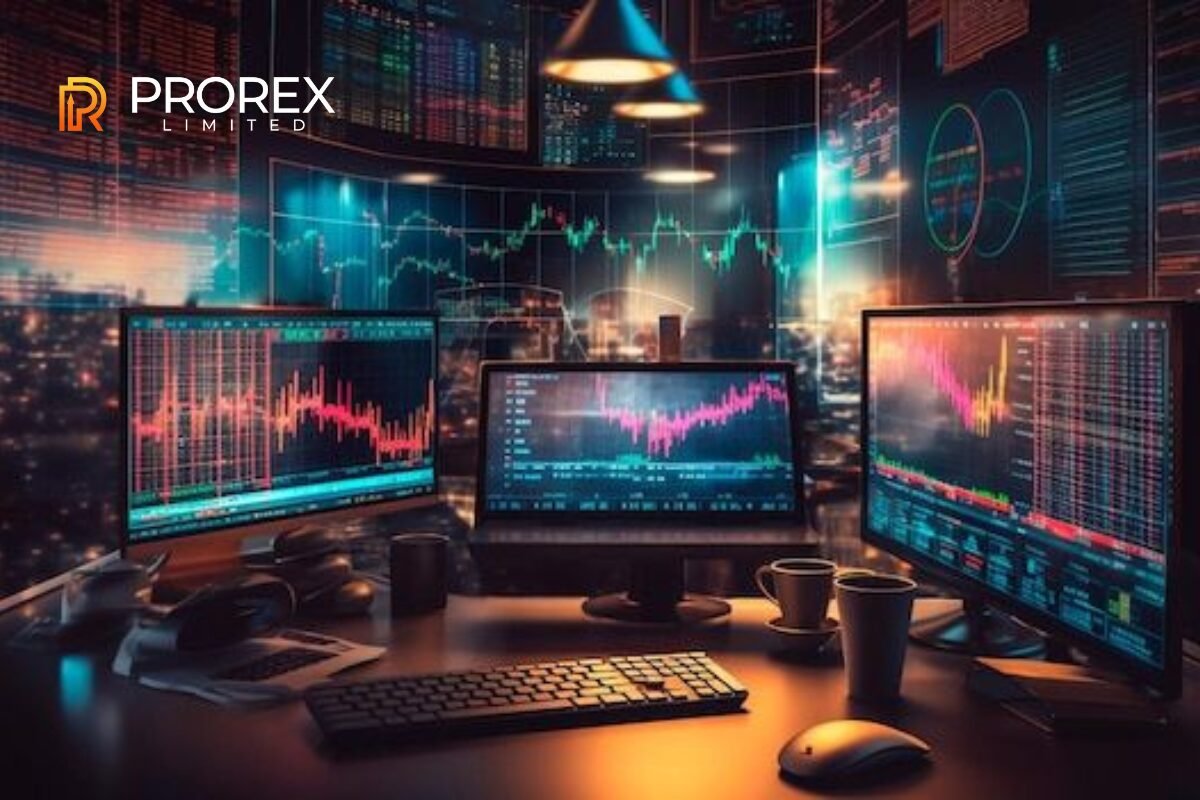Singapore’s financial world is buzzing over the news: Bitcoin futures SGX will soon be available through regulated channels. For years, traders here had to rely on global platforms with limited oversight. Now, the Singapore Exchange is opening the door to crypto derivatives that operate within a local legal framework.
But here’s the thing—just because something is regulated doesn’t mean it’s low-risk. If anything, the arrival of SGX crypto derivatives creates a sense of comfort that could be misleading, especially for retail traders unfamiliar with the mechanics of futures. With leverage, margin calls, expiry dates, and price swings all in play, the risk isn’t gone—it’s just packaged more professionally.
The Volatility Behind Bitcoin Futures SGX Can Cut Both Ways

One of the biggest attractions of futures trading is the ability to profit off price movements in either direction. And when it comes to Bitcoin, there’s no shortage of volatility. But that’s also where danger lies. Bitcoin price volatility isn’t just market noise—it can wipe out positions in minutes, especially if you’re trading on margin.
SGX’s version of Bitcoin futures will likely include strict requirements around margin and collateral, which is a good thing. Still, regulated Bitcoin futures don’t eliminate volatility—they only manage how it’s accessed. For newer traders unfamiliar with fast-moving contracts, a single bad move—entering late, exiting too early, or overleveraging—can lead to steep losses.
If you think trading Bitcoin spot is intense, futures are a whole other level. And when that leverage kicks in, both gains and losses can multiply far faster than expected.
Don’t Mistake for a Beginner-Friendly Product

Let’s make this clear: futures trading for beginners is never easy. It takes more than downloading an app and placing a trade. Futures involve contract expiries, rollover risk, daily mark-to-market adjustments, and the mental stress of watching unrealized profits swing wildly.
Even with SGX’s safeguards in place, the barrier to entry isn’t just about having enough capital. It’s about understanding the instrument you’re trading. If you’re a retail investor excited by the headlines, ask yourself—have you ever traded a futures contract before? Do you understand what happens when you don’t meet a margin call? Do you know how settlement works?
The product may be local and regulated, but that doesn’t automatically make it user-friendly.
Institutional Crypto Trading in Singapore Will Get a Boost—But That Doesn’t Help Retail

The move toward institutional crypto trading in Singapore is real. For hedge funds and asset managers, Bitcoin futures on SGX are a welcome development. They now have a clear legal structure, a local clearing house, and alignment with internal compliance teams.
But what works for institutions doesn’t always work for individuals. These firms have in-house risk managers, real-time trade monitoring, and large buffers against volatility. Retail investors don’t. So while the SGX futures product is built to support institutional-grade access, it doesn’t mean retail traders will enjoy the same level of protection.
This widening gap between infrastructure and user readiness is something regulators—and traders—need to take seriously.
Not Ready for Bitcoin Futures SGX? ETFs Might Be a Safer Entry Point

If the idea of leveraged positions and live price swings makes you nervous, you’re not alone. Bitcoin ETFs in Singapore have been growing in popularity for precisely this reason. These funds provide passive exposure to Bitcoin without the mechanics of futures trading. No expiry dates, no margin maintenance, no 2am panic trades.
It’s worth considering whether you need active exposure or just want to gain from Bitcoin’s long-term growth. ETFs won’t deliver the same thrill, but they also won’t blow up your portfolio overnight.
Futures might sound exciting—but not everyone needs to sprint before learning how to walk.
Just Because You Can Trade Bitcoin Futures SGX Doesn’t Mean You Should

There’s no doubt that Bitcoin futures SGX mark a major milestone for Singapore’s financial markets. It brings structure to a space that badly needed it. But structure isn’t a substitute for caution. For traders new to derivatives—or even new to crypto—this is not a playground. It’s a high-stakes arena.
If you’re thinking about jumping in, take your time. Learn the mechanics. Start small. And don’t let the words “regulated” or “SGX-backed” fool you into thinking it’s risk-free.
Because in futures, as in life, it’s not about who gets in fastest. It’s about who stays in the longest—without burning out.



